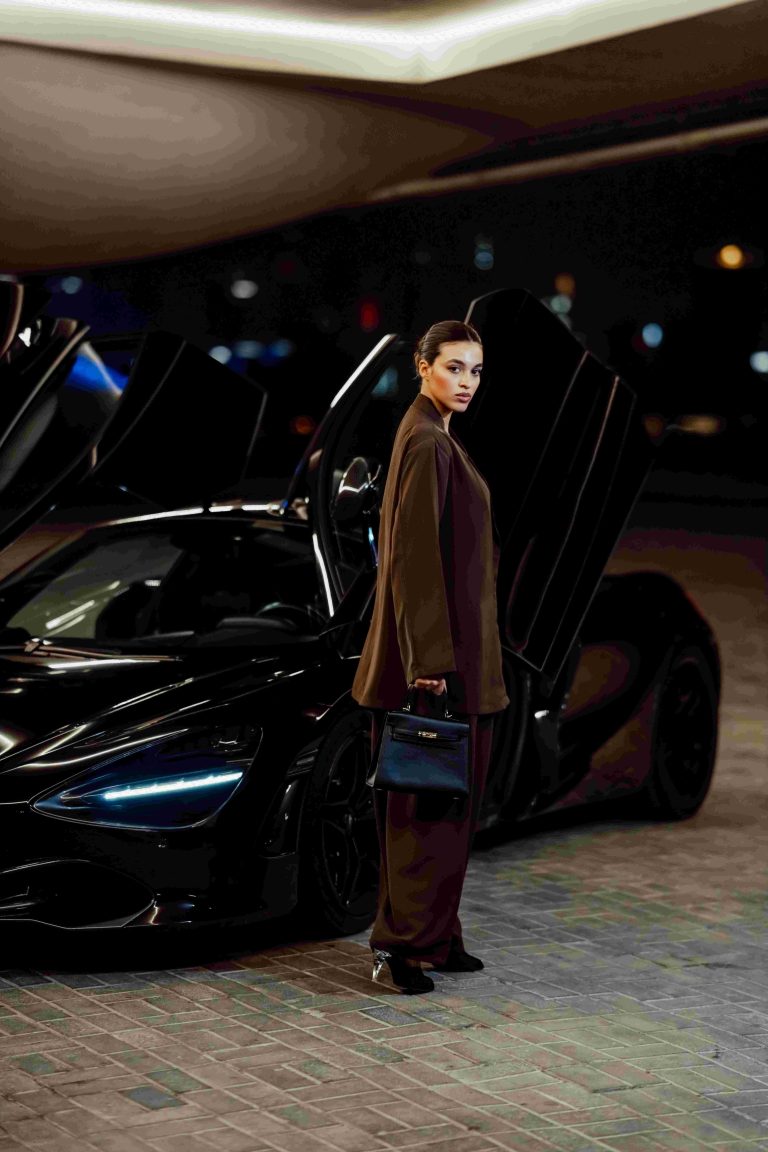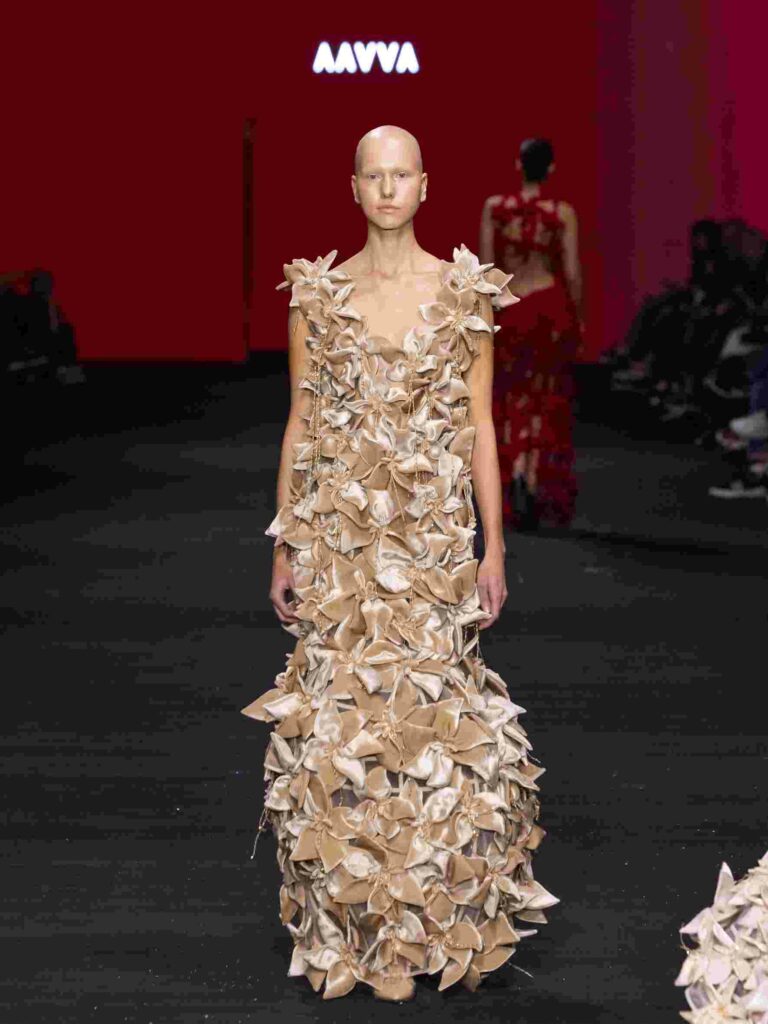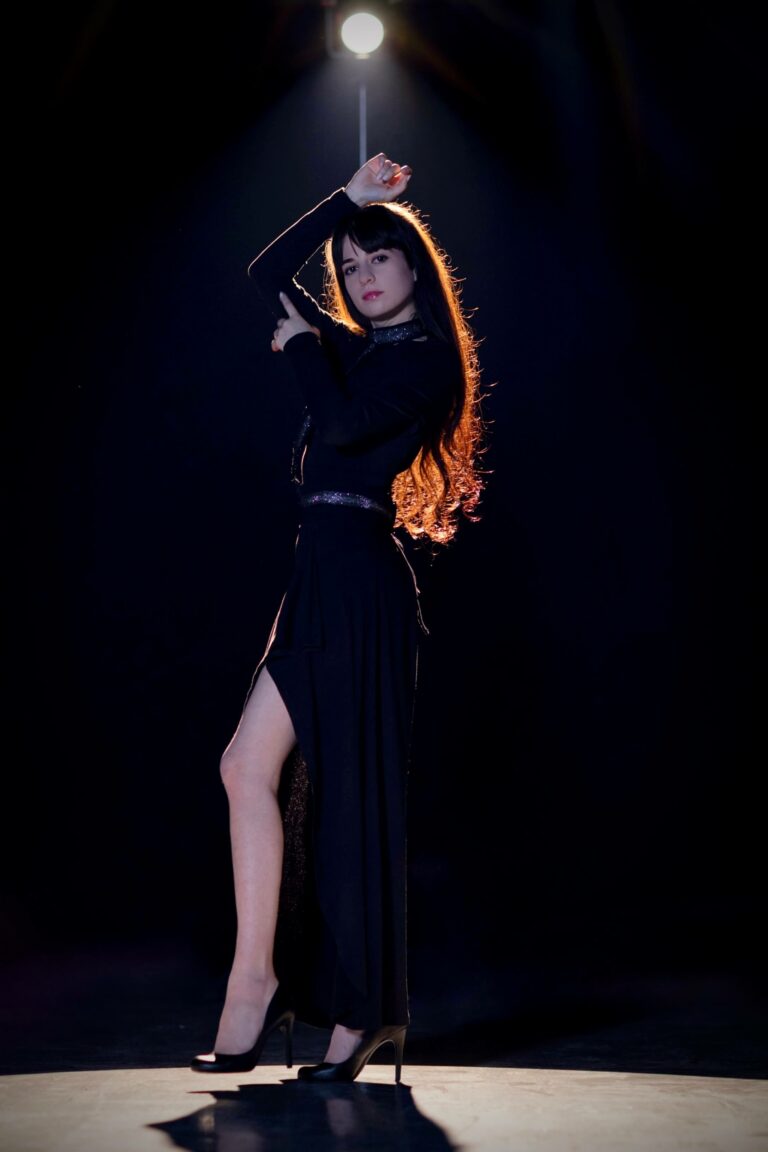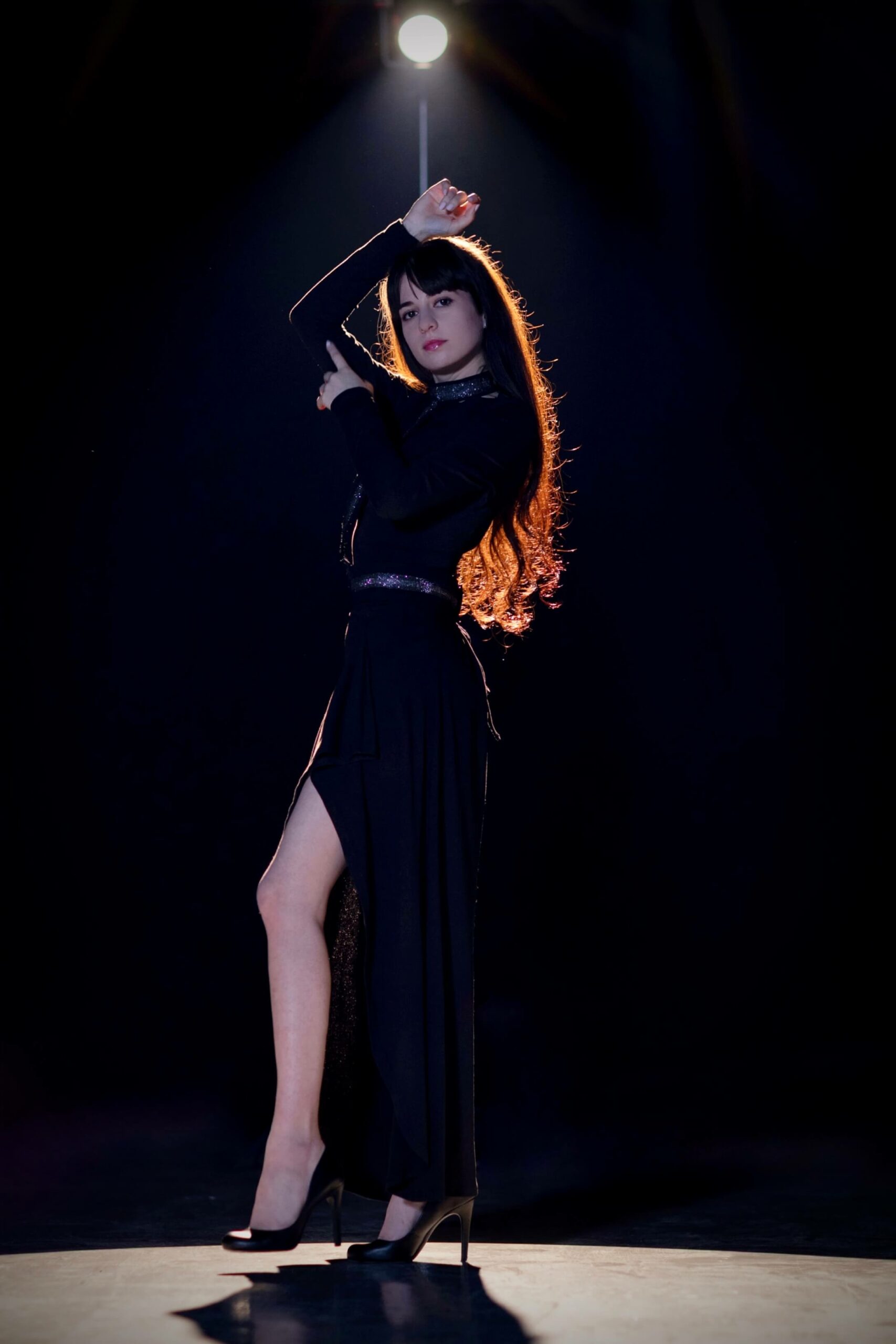
The Architect of Hits: Mousa Essa on RAW’s Unbeatable Formula
Martin Victor Al Masri
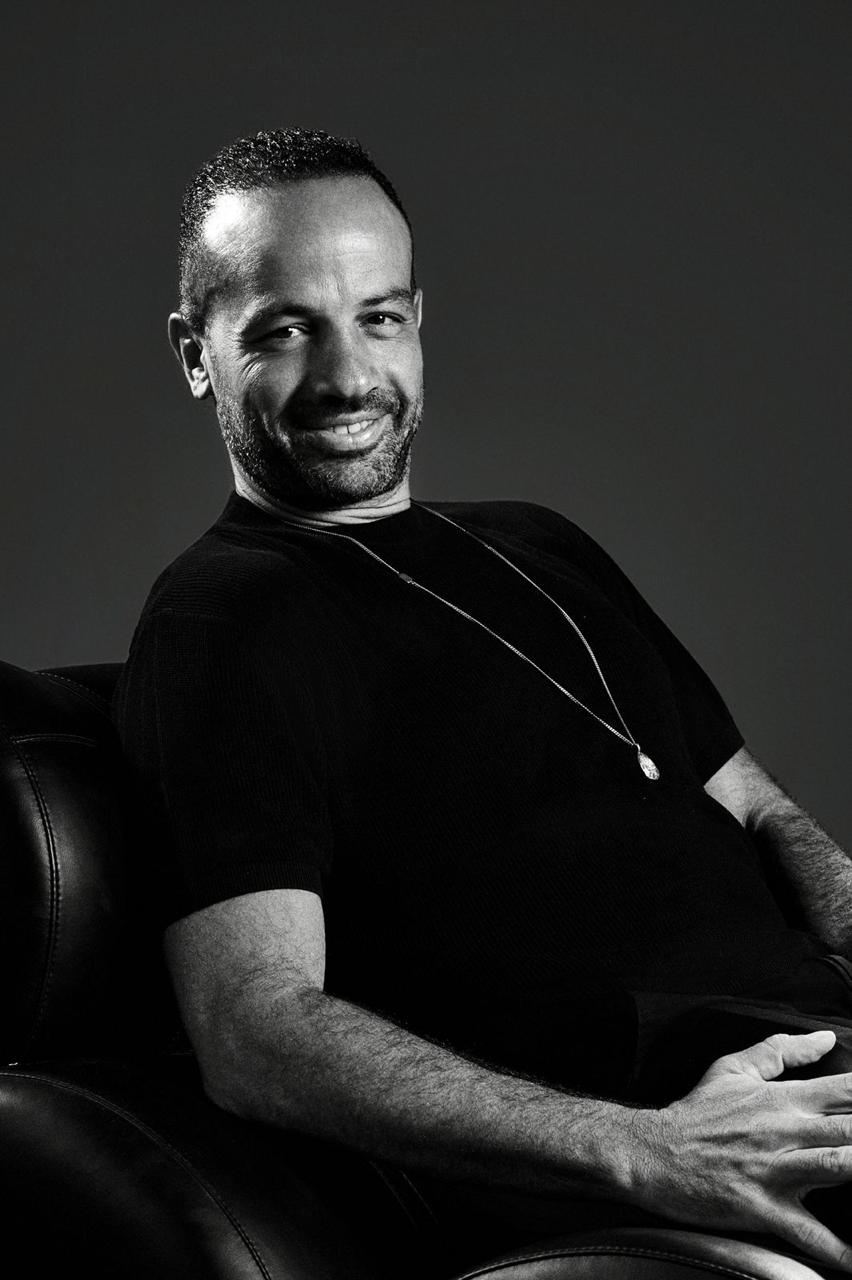
RAW Entertainment isn’t just a production company; it’s a cultural force that has consistently defined and redefined box office success in the Arab world. At its helm is producer Mousa Essa, the strategic visionary behind juggernauts like the Welad Rizk franchise. With their latest film, Snake and Ladder: Game On, shattering expectations across Egypt and the GCC, we sat down with Essa to unpack the method behind the magic and understand how RAW Entertainment continues to raise the bar for an entire industry.
1. Snake and Ladder… What did you set out to achieve that cemented its blockbuster status?
With Snake and Ladder, we wanted to create a film that feels both big and personal. The story is extremely relatable, and that emotional connection was a pillar from the start. But at the same time, we pushed the production scale even further.
We invested time, effort, and resources into building high-end sets and selecting locations that elevate the film visually. Working with a fresh, super-talented DOP also gave the film a new visual identity that audiences love.
And of course, we were very strategic with the release date. We positioned the film within a heavy season because we believed in the product and wanted to compete at the highest level. That combination of relatability, visual ambition, and smart timing is what gave the film its explosive start.
2. What is RAW’s core philosophy, the RAW formula that makes your productions resonate regionally?
I don’t think RAW works with a fixed “formula” as much as a mindset.
For us, everything starts with the audience. We ask: Would I pay a ticket to watch this?
Would I talk about it after? If the answer isn’t a clear yes, we don’t move forward. That’s true whether it’s Welad Rizk, Snake and Ladder, or anything coming next.
From there, it’s about taking commercial cinema seriously. Strong scripts, bold characters, and a world that feels lived-in. Then we surround that with the best possible team, mixing established names with fresh talent behind and in front of the camera.
We also think long-term. We don’t look at a film as a one-off; we look at the universe it can create, the conversations it can generate, and how it fits into the larger evolution of Arab cinema. I think that mix is what makes RAW’s work travel from Egypt to the GCC and stay in people’s minds.
But another big part of the RAW philosophy is how we build the ecosystem around the film. Marketing is not an afterthought for us; it’s woven into the creative process. Even with Snake and Ladder, the soundtrack — over five original songs — wasn’t just music; it was part of the world-building and part of how the film lived in culture.
3. How would you describe your leadership style — creative, strategic, or a combination?
I’d say my leadership style is a balanced blend of creative involvement and strategic thinking. I like to be close to the creative process, but I’m equally focused on the business side, positioning the film correctly, understanding the market, and ensuring that every investment shows up on screen.
I believe in surrounding myself with strong teams and giving them room to contribute, but I also make sure the overall vision stays cohesive — from production to marketing to release strategy. For me, leadership is about connecting all these elements so the film reaches its full potential.
4. This film reunites RAW with director Tarek Al Arian. What makes the collaboration between a producer and a director so critical in translating a script’s potential into a cinematic event?
The relationship between a producer and a director is the engine of any major film. With Tarek, the dynamic is built on trust and shared ambition. He pushes the creative boundaries, and my role is to build the environment that makes those ideas possible — whether that means securing the right locations, assembling the right team, or allocating resources in a way that elevates what’s on the page. That’s why our partnership works — we both want to challenge the market, not just participate in it.
5. RAW’s press release says you have the “power to shape audience trends.” How do you anticipate and introduce what audiences will want, not just what they want now?
To shape trends, you first have to really listen. Audiences today are exposed to global content, and their expectations shift quickly. We study those shifts, but we don’t chase them. Instead, we look for the gaps: What’s missing? What story or style hasn’t been explored locally but resonates internationally?
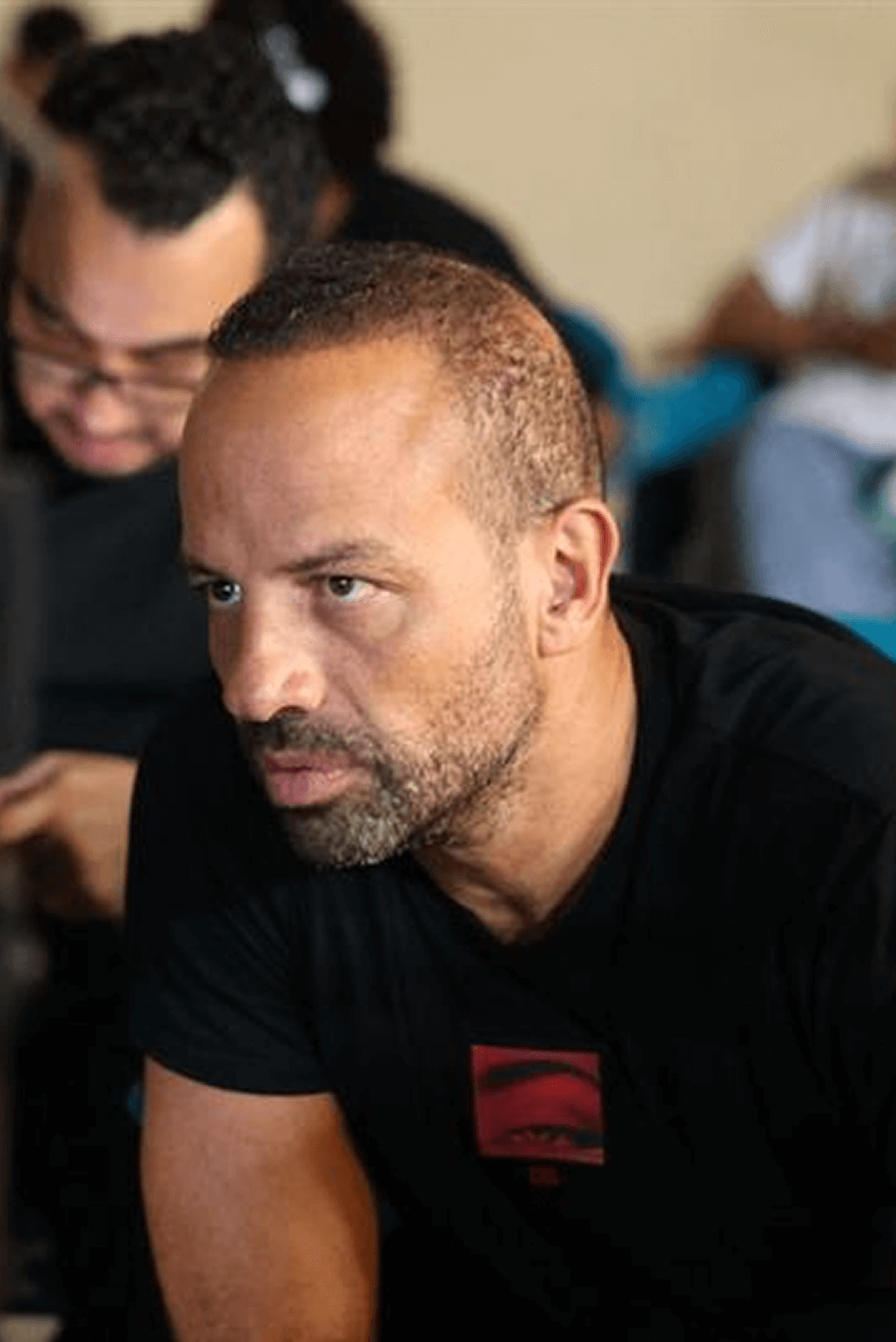
Ultimately, shaping trends isn’t about dictating what audiences like; it’s about understanding their evolution and offering them something that feels familiar, but new enough to excite them.
6. With a legacy of major hits, is there pressure to replicate success? How do you balance
expectations with risk-taking and innovation?
There’s always pressure — but pressure is healthy. It forces you to stay sharp and not get comfortable. Replicating success has never been our goal; growing it is.
Audiences expect RAW films to have scale, energy, and strong character-driven conflict — that stays. But how we deliver that changes from project to project. With Snake and Ladder, we took risks with new cinematography, high end set designs, new faces, and a different rhythm in the storytelling of a rom-com story.
7. RAW Entertainment is often called a cornerstone of modern Arab cinema. What is the next
frontier, and how is RAW positioning itself to lead that charge?
The next frontier is expansion: creatively, geographically, and in the scale of our productions.
What’s coming next for RAW are three high-budget films that will be some of our biggest productions to date. At the same time, we’re finalizing new partnerships with major regional players in Qatar, Saudi Arabia, and beyond. More details will be announced soon.

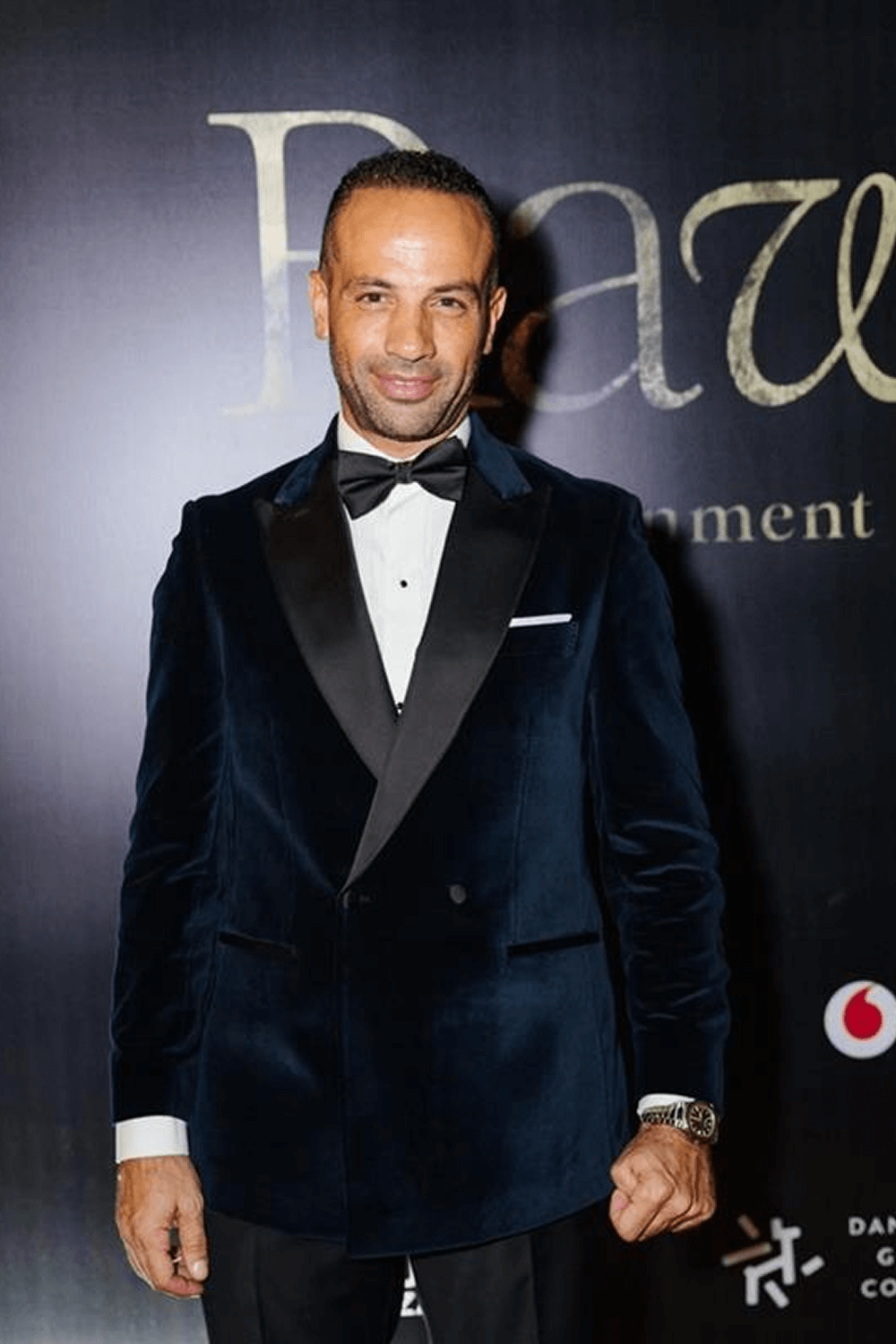
By Author


Exclusive Interview with Urvashi Rautela: The Queen of Viral Power
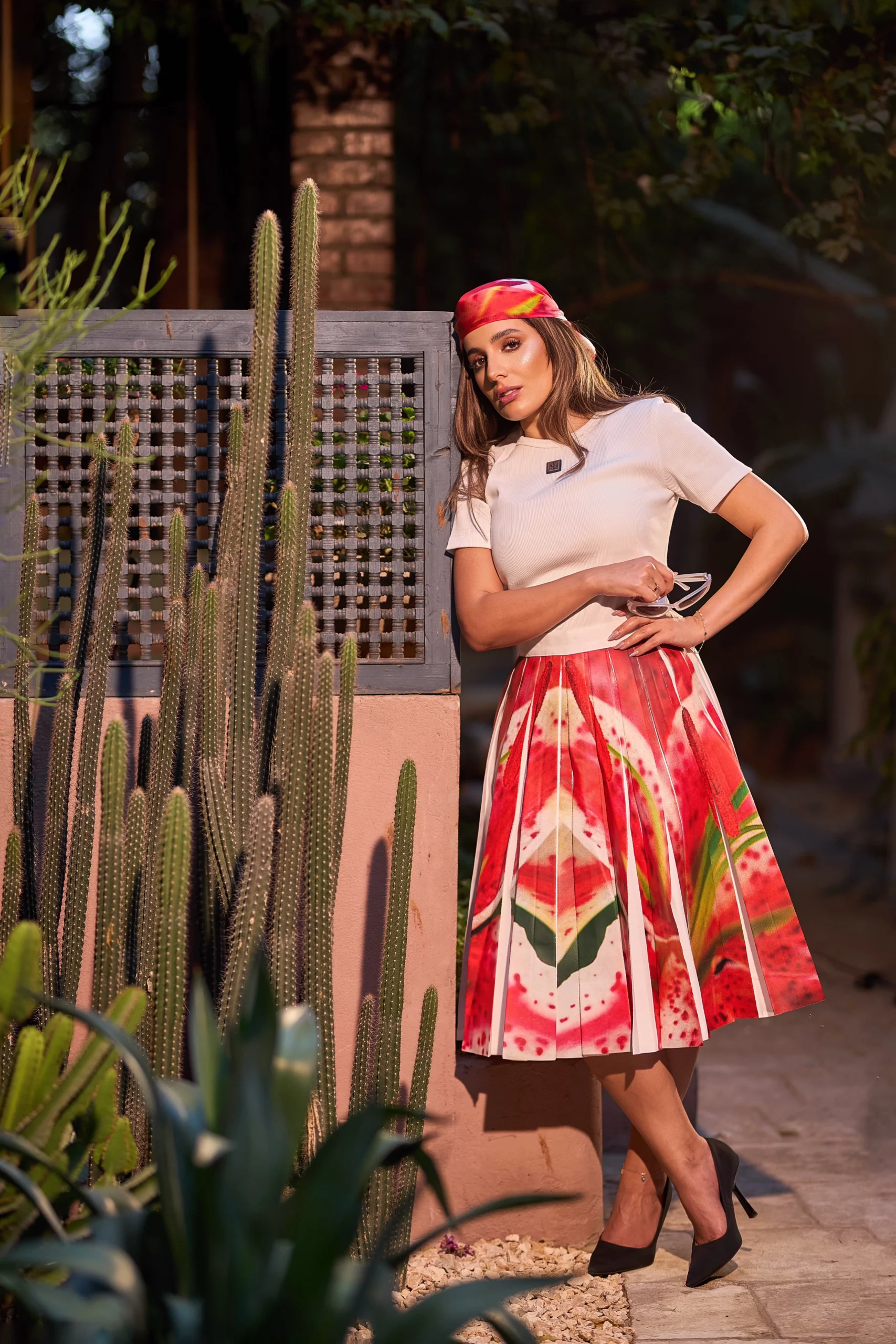
The Grand Screen Dreams: An Intimate Conversation with The Rising Star Eman Al Hussaini
no related post found
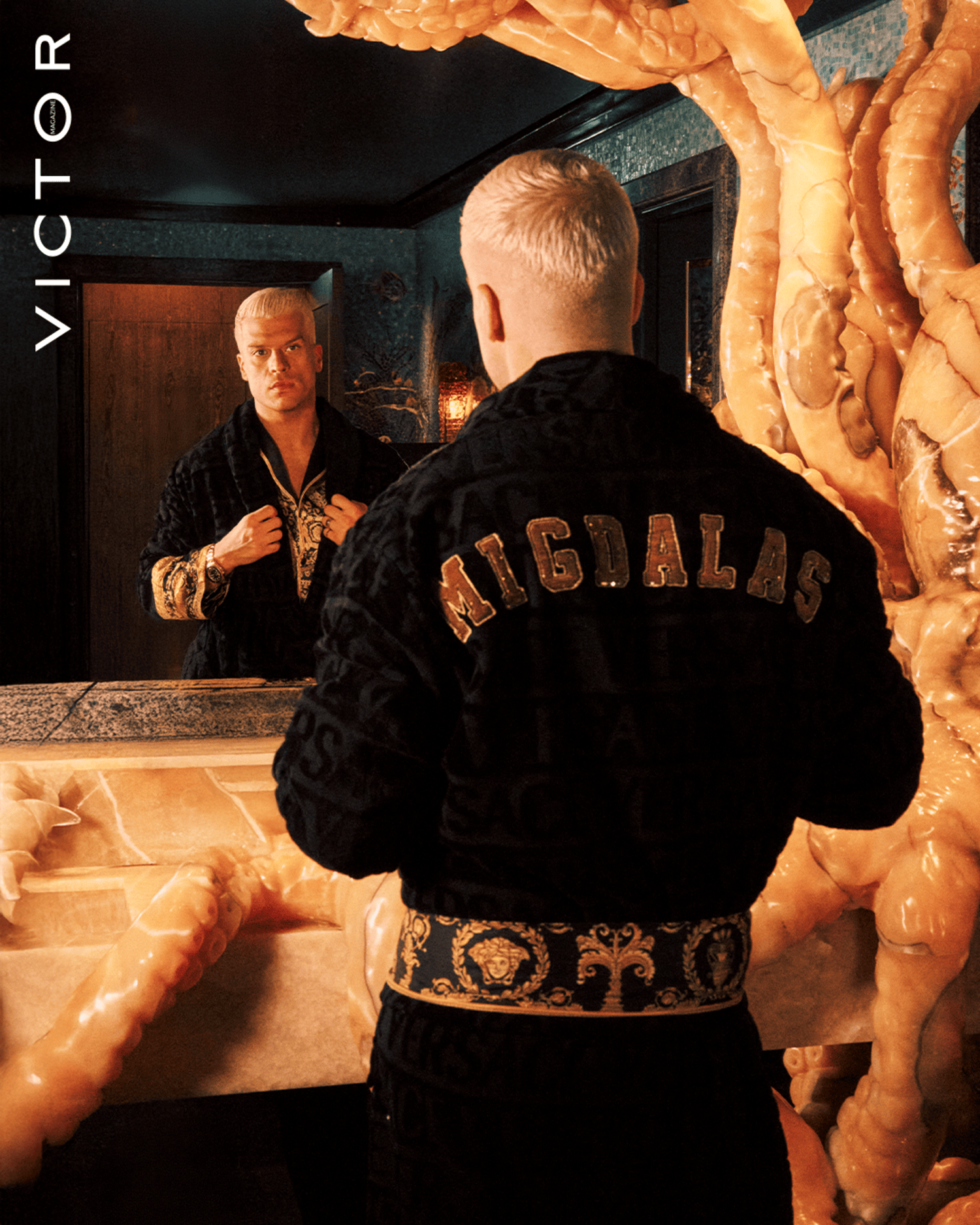
Beyond the Expected: John Migdalas on Today’s Luxury

“Flowers are our favorite F word!”

Indulging in Love and Flavor at Playa: A Valentine’s Day Delight

Beyond the Expected: John Migdalas on Today’s Luxury

“Flowers are our favorite F word!”

Indulging in Love and Flavor at Playa: A Valentine’s Day Delight
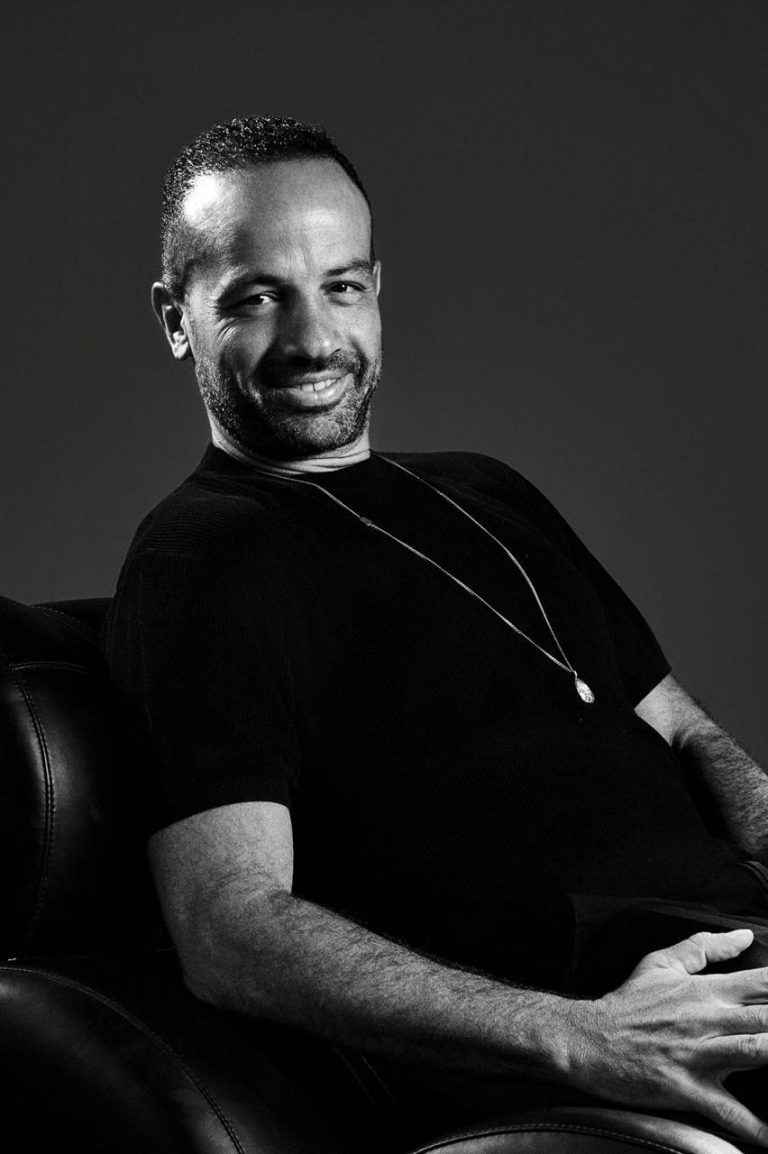
The Architect of Hits: Mousa Essa on RAW’s Unbeatable Formula
